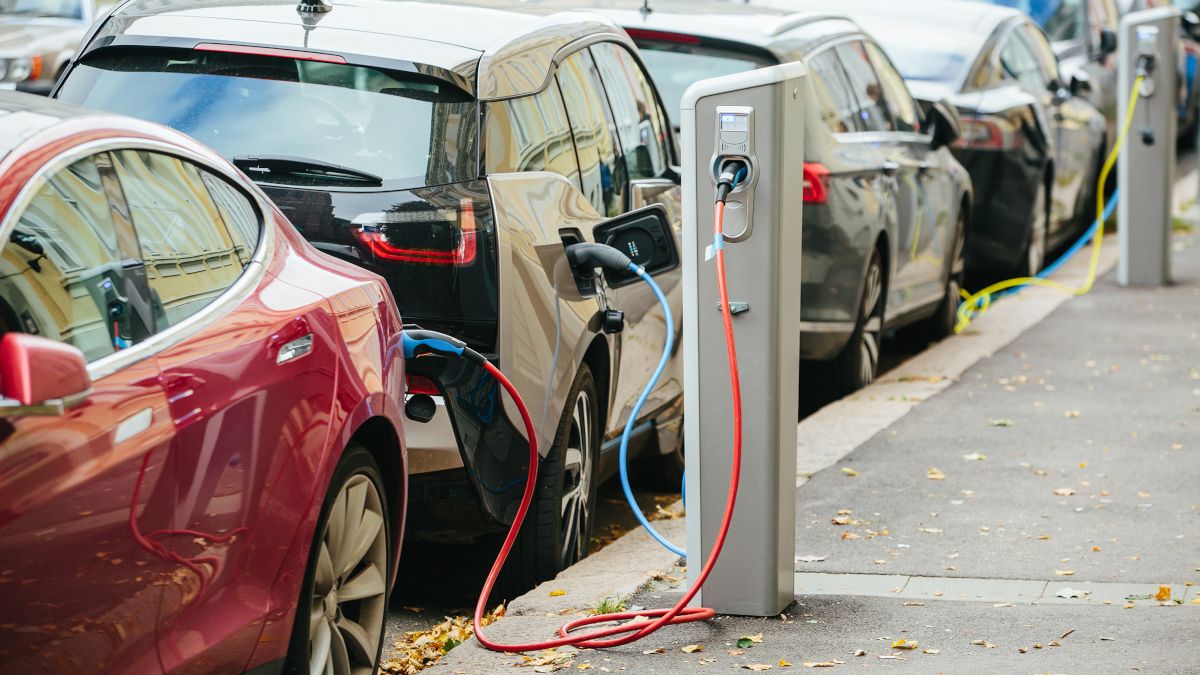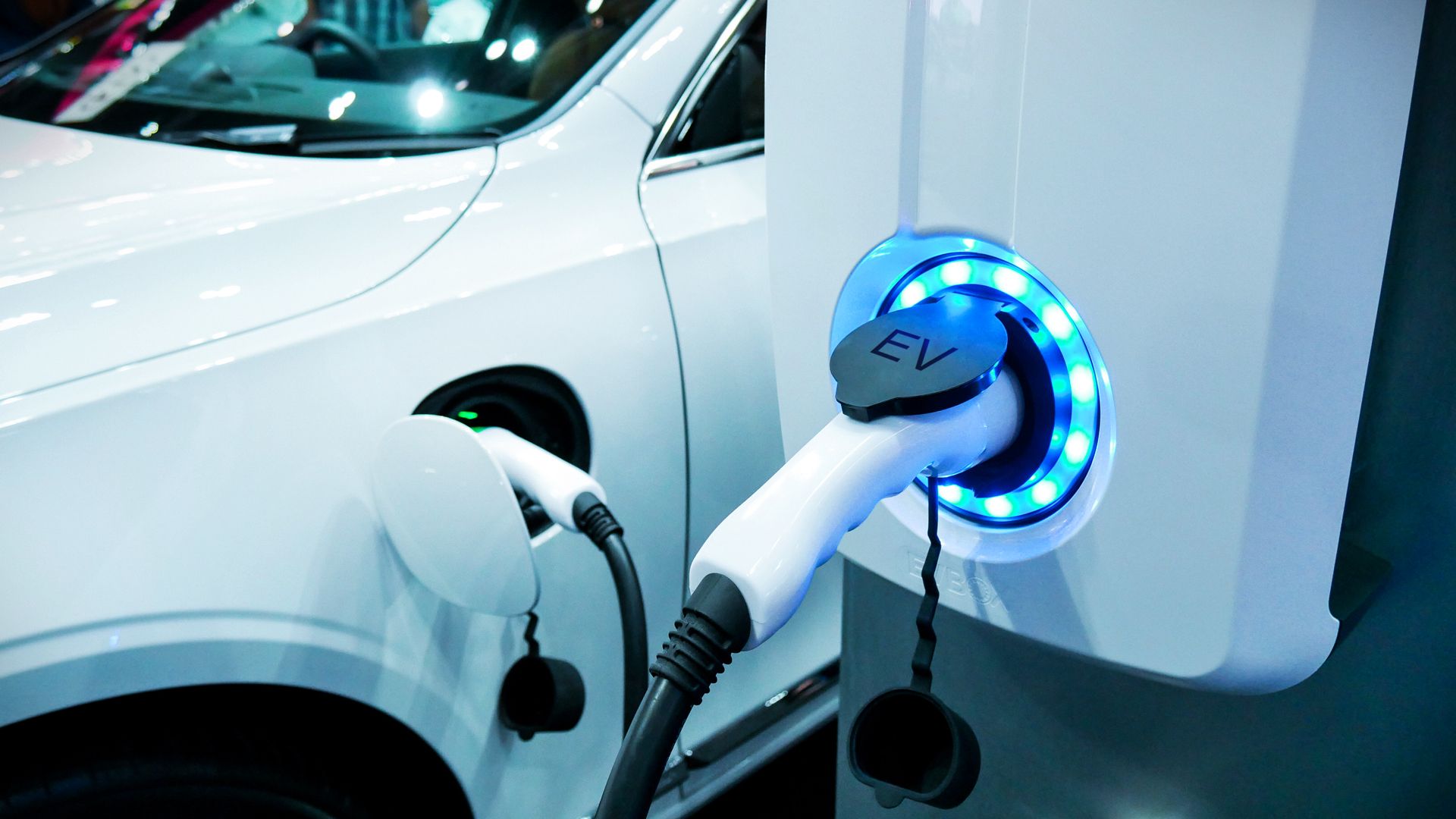Key Takeaways
- Tesla’s Supercharger network and ChargePoint are the cheapest options for EV charging without a paid membership.
- Membership plans for EV charging networks usually come with a monthly fee.
- Different charging networks have varying fees based on factors like cable type and idle fees for leaving your car connected after charging.
While EVs are generally cheaper to run than gas or diesel vehicles, charging them up still comes at a cost. So, which EV charging network is cheapest, and where can you find a station near you?
Which EV Charging Network Offers the Lowest Prices?
When charging your EV at home isn’t an option, public charging stations can prove invaluable. There are two ways through which a public EV charger can measure your charging session: by kWh (kilowatt-hours) or by the minute. Knowing which factor your chosen network uses is important when it comes to calculating prices.
Below is a table of popular charging networks and their prices per kWh. These figures can vary slightly based on your location, as most EV charging network FAQs will tell you. For instance, if you’re in a state where the energy rate is higher, you’ll likely end up paying more than you would in a state with lower energy rates.
Charging Network | Price per kWh |
Tesla Supercharger Network | Tesla owners: $0.24 – $0.36 Non-Tesla owner: $0.48 or $12.99/month for lowered fee. |
Tesla Destination Chargers | Free |
Electrify America | Guest: $0.48 Pass+ Members (4/month): $0.36 |
ChargePoint | $0.28 |
Blink Network | $0.39 |
EVGO | Guest: $0.57 Basic Plan ($0.99/month): $0.43 Plus Plan ($6.99/month): $0.38 PlusMAX Plan ($12.99/month): $0.23 |
The cheapest EV charging option we found without any paid membership is either Tesla’s Supercharger network at its lowest rate, or ChargePoint.
As you can see above, most EV charging networks offer membership plans, which usually come at a monthly fee.
If you own a non-Tesla EV, you can still charge your vehicle using Tesla’s charging network. For a $12.99 monthly fee, Tesla allows you to charge your non-EV at its Supercharger locations for a lowered rate. Of course, if you very rarely use Tesla chargers, this monthly cost may not be worth it. After all, spending a few dollars now and then at a Tesla charger doesn’t really justify a $12.99 monthly subscription.
However, if Tesla is your go-to charging network, and you re-charge your non-Tesla EV at public stations very regularly, you may benefit from this subscription.
Electrify America offers users a Pass Plus membership for $4 monthly, which lowers charging fees (as shown in the table above). Other networks, like EVGO, have various paid tiers. EVGO’s membership rates range from $0.99 to $12.99 monthly, depending on which plan you choose. Again, it’s important to determine whether subscribing to a paid plan is justified based on how regularly you charge your EV.
For instance, if you’re paying $12.99 monthly for the PlusMAX EV plan, but only spend $5-$10 on EVGO chargers monthly, the subscription outweighs the base cost. In such a scenario, it’s better to opt for a cheaper plan, or no plan at all.
EV charging networks also aren’t built identically, and the differences between each can affect charging fees.
A given public EV charger can offer various kinds of charging cable. For instance, Tesla’s Destination chargers are slower than its Supercharger Network, as the former uses an alternating current, while the latter uses direct current. Variations in cable type can affect the price per kWh, as a faster charging time often comes with a higher fee. This is why Destination chargers are free, while Superchargers are not.
A lot of public EV stations use Type 2 (7-pin) cables, though you can also find stations using Type 1 (5-pin), which have lower charging speeds.
Charging Penalties
You can also incur a charging penalty (or an idle fee) with some networks if you leave your car plugged in after it’s finished charging. This charge will likely differ based on the network you’re using.
For instance, Electrify America gives customers ten minutes to disconnect their car from the charger after charging has finished. After this window, customers will be charged $0.40 for every minute their car stays connected.
Tesla, on the other hand, charges two kinds of idle fees. If your car is still connected while fully charged but the charging station isn’t full, you’ll be charged $0.50 per minute. However, if the station is full, and your car is fully charged but still connected, you’ll be charged $1 per minute. On its penalty fee webpage, Tesla claims that this is done to ensure that fully charged cars aren’t taking up space when others need to charge their vehicles.
Note that, if you manage to disconnect your car within five minutes of the idle fee starting, the fee will be waived.
Where Can You Find EV Chargers in the US?
Naturally, EV charging stations aren’t yet as populous as gas stations, simply because EVs are still relatively new to the automotive market. But since EVs began entering the mainstream, thousands of public chargers have been installed across the US.
ChargePoint is currently the most common type of public charging station in the US, with 15,000 individual public charging stations across the country. You’ll find a lot of these chargers on the east and west coast, in states like New York, Florida, and California.
In other states, like Minnesota and Wyoming, ChargePoint stations come in lower numbers to suit lower demand. Nonetheless, you can find numerous stations in these locations. While Wyoming has one of the sparsest ChargePoint populations, there are still 28 stations available, so you won’t miss out.
Then comes Tesla, with 5,600 charging stations. The majority of these are Supercharger locations (27,257 individual chargers), though there are just under 4,000 Destination chargers available. Again, Tesla’s chargers are most densely populated on the east and west coast, though you can find them throughout the US in every state. More rural states like North Dakota and Wisconsin have fewer chargers, but they are still available in various locations.
Both Blink and Electrify America’s charging ports are currently in the low 3,000s in the US, with EVGO’s total port population sitting at around 2,200.
Below are some useful links to find EV chargers near you:
Stay On Top of Your EV Charging Fees
While it’s easy to opt for your nearest station to charge your EV, you may be paying more than you need to. If you’re looking to save a little extra money, make sure you’re taking your EV to the cheapest charging station in your area.
source

